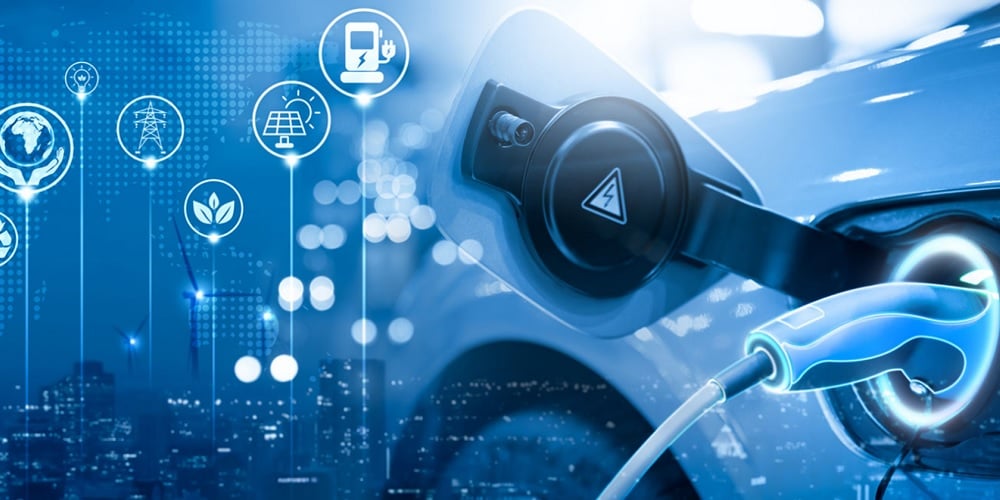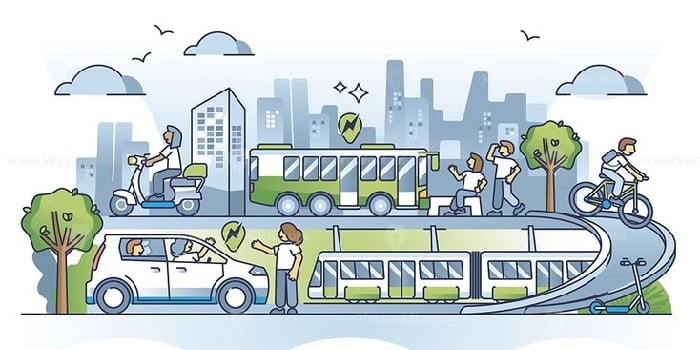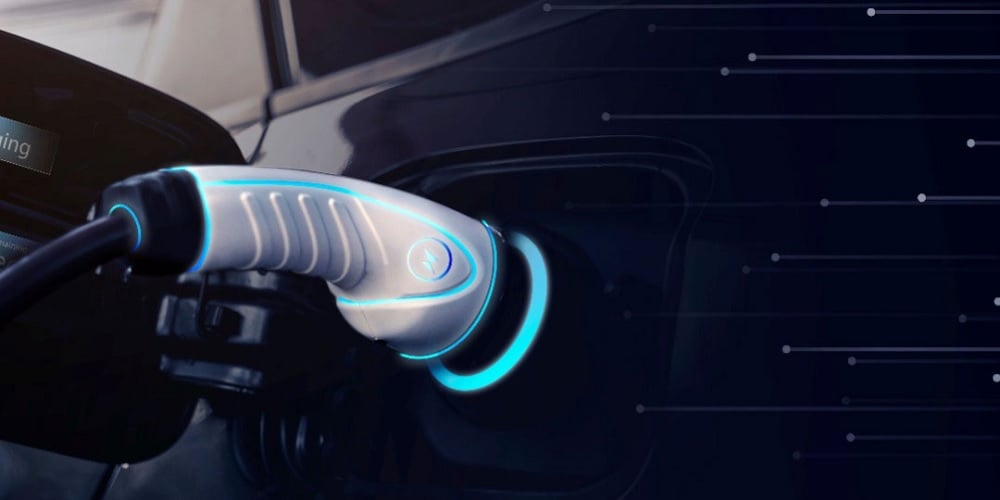Best ways to transition government fleet vehicles to electric

Electric vehicles (EVs) are quickly becoming better options for public organizations. They are less detrimental to the environment and dramatically enhance the public fleet’s speed, agility, and overhead costs.
But many fleet managers find themselves unsure about making the EV transition. Today, 24% of fleet managers say that they are not confident in their knowledge of these vehicles, preventing them from designing succession plans with confidence.
This article can help you get up to speed quickly with its comprehensive look at transitioning government fleet vehicles to electric models.
The benefits of EVs for government fleet vehicles
EVs are seeing widespread adoption throughout North America, and the reasons for this are clear:
- Lower maintenance and repair costs: EVs cost less to maintain than traditional fuel-powered vehicles. There are fewer working parts to consider, and they often require fewer scheduled maintenance visits, which could save you money over time.
- Less dependence on traditional fuels: North American fleet managers have recently experienced one of the biggest fuel price hikes in history. By transitioning to EVs and relying less on oil and gas, your fleet could reallocate its budget to other critical line items (such as upgrading or replacing existing vehicles).
- Fewer impacts on local communities: EVs produce less carbon than traditional fuel-powered vehicles. They also produce less heat, noise, and pollution in dense urban areas.
With so many positive benefits and dozens of technological advancements, there’s never been a better time to integrate EVs into your government fleet.
How to transition to electric government fleet vehicles
It’s easy to see the many benefits of electric government fleet vehicles. However, making the transition can be difficult without the right plan in place. Here are a few tips to follow while designing your fleet transitional plan draft.
Create a committee
Two heads are often better than one, and when transitioning your fleet to EVs, you need all the support that you can get.
The first step in your transitional process is to draft an EV committee to help you make informed decisions. You may want to include a member of your driving team and the professionals managing finances, compliance, and maintenance. The goal is to establish a basic plan with established dates and attainable SMART goals.
You can roll out your plan in practically any format, including Word, Excel, or even a professional booklet. The ultimate goal is to combine your experiences and establish a tentative timeline that aligns with your expectations.
Partner with professionals
Internal support is critical in the early stage of EV transition. However, it’s equally important to pursue external connections with partners and professionals in the EV field.
Partnering with outside experts can empower great decision-making while ensuring that your organization remains internally aligned. You can turn to advocacy groups like the Electrification Coalition or even Climate Mayors to get the help that you need.
It may be beneficial to chat with similar government fleets about their own EV transition. Look for local agencies within your general area that may be able to help you on your journey.
Speak with suppliers
With your goals now firmly in place, it’s time to move into a more active stage: acquiring the solutions that you need before, during, and after your EV transition.
Start by looking for ways to connect with EV infrastructure suppliers. Doing so will allow you to discuss your existing infrastructure, especially regarding charging stations. Consulting with experts is a great way to begin, as you can set your expectations and get clarity about your needs.
To get started in a sustainable manner, find cooperative purchasing agreements that suit your needs. If you’re a school or government entity within North America, you can use Sourcewell to quickly find competitively solicited cooperative contracts.
Where to start planning the EV transition for government fleet vehicles
The planning stage of the EV transition is more than half the battle. That said, there is still quite a bit of work to consider, especially when it comes to follow-through.
The most important factor when transitioning to EVs is selecting a sustainable pace for your public fleet. As you work on designing a succession and adoption program, you must ensure that you’re picking a speed and cadence that matches your comfort levels.
If you need additional guidance for your local or state government entity, you can reach out to Sourcewell and speak with a value-added expert today. They would be happy to provide you with additional details and inform your next steps for EV transition.
See how easy it is to get the EV fleet you need without the hassle using Sourcewell’s cooperative purchasing program. Streamline the public procurement process by choosing from hundreds of suppliers already on contract. Sourcewell’s procurement experts competitively solicit and award contracts on behalf of 50,000 participating agencies in North America. Sourcewell is a government agency that has been empowering other government organizations since 1978. Check out our contracts here.


